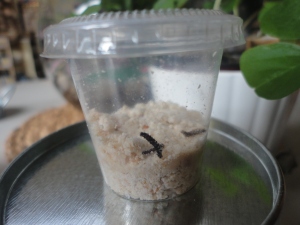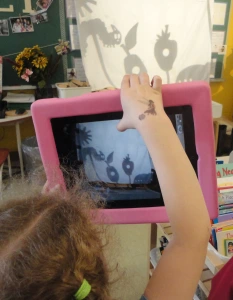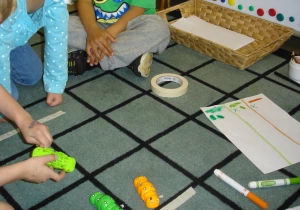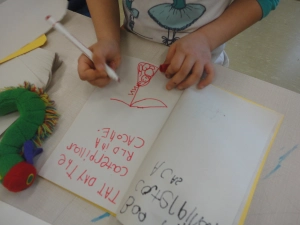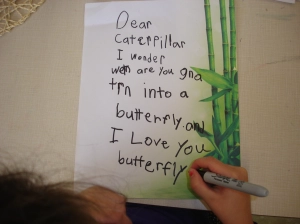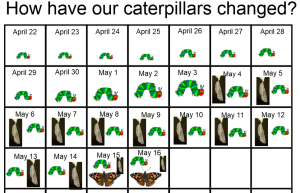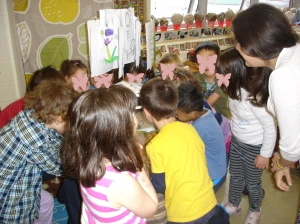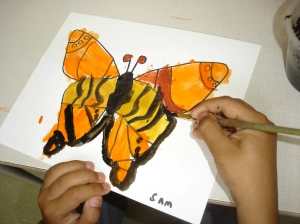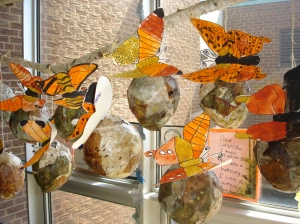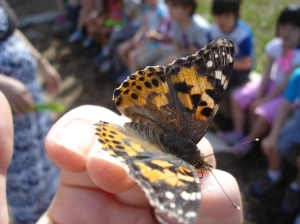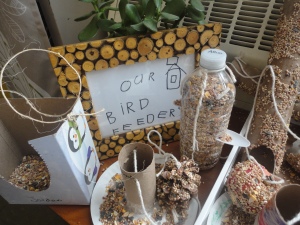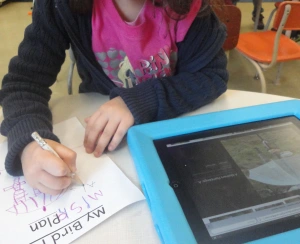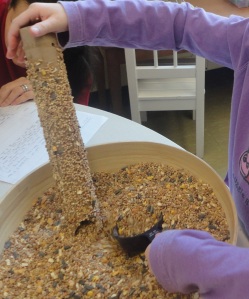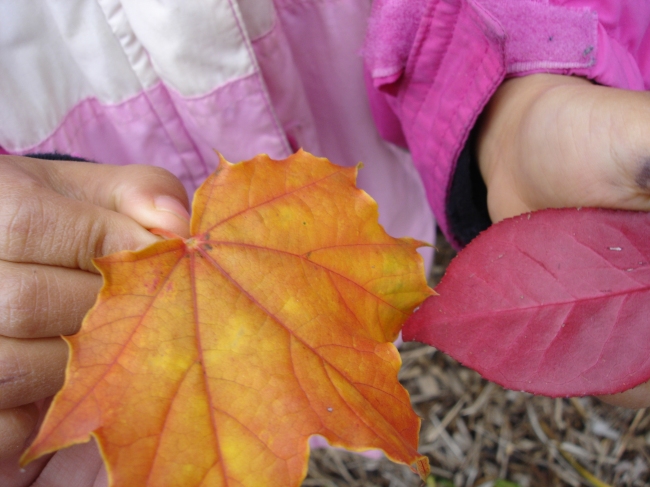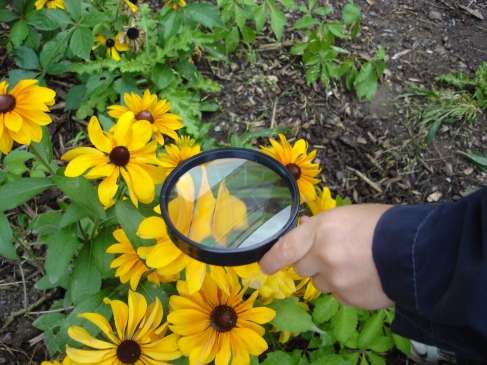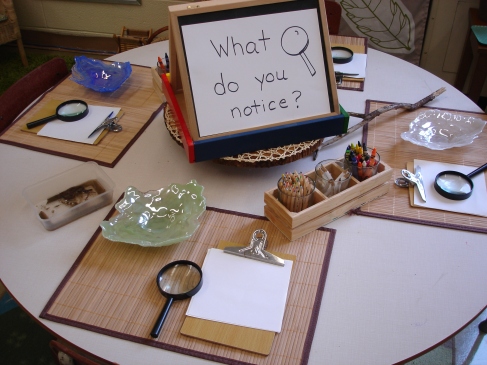Here we are at the start of another school year, but this one feels like no other. When I blog, it’s usually because I have an idea I want to share, or an experience I want to reflect on. But at the moment, I don’t really feel like I know what I’m doing. Due to many parents selecting online learning for their children, my school is redeploying several teachers. I happen to be one of those teachers – but only part time. Half-time redeployed. Yikes! Lucky for me, I will be doing the other half of my day at school in my most favourite role: Kindergarten.
Like many of you, our team has been working hard getting our room set up for our new students this week. We didn’t get a lot of guidance on exactly how Kindergarten should look during a pandemic. I’ll be honest – I have struggled with advice like “keep the children socially distanced but also make sure they play together.” What does that even mean? What does that look like in a practical sense?
Instead of getting myself overwhelmed with everything that will be new and different, I am centering myself on what things I think will be the same. As soon as I started thinking about our program in this way – what we do that is of high value that does not need a lot of tweaking to meet covid-19 safety regulations – I immediately calmed down. Here is a list of things I envision continuing mostly as they did before. You can click on the links for each one to visit past posts where I explain how these work in our class. Remember, those posts were written pre-covid and our processes will change slightly to address additional safety protocols this year.

Reflection Time: Our daily time to meet and reflect on what we’ve learned and discovered throughout the discovery block will continue. We won’t be sitting cozily together on the carpet as we did before (all carpets have been removed from the classroom), but we still have space to meet together and share our thinking. You can read more about how reflection time works here and why it’s such an important part of our day: https://thecuriouskindergarten.blog/2016/04/09/noticing-and-naming-our-learning-the-reflective-process-in-fdk/

Writer’s Workshop: The main difference this year is that each student will sit at their table spot for the mini lesson and will have their own kit of writing and drawing materials to use instead of sharing. We already have our writing notebooks prepped for our new students and I can’t wait to see them filled with the children’s stories. If you want to read more about how we run Writer’s Workshop in our class, you can click here: https://thecuriouskindergarten.blog/2016/12/30/writers-workshop/ (A pdf for the notebook cover is also available in that post).
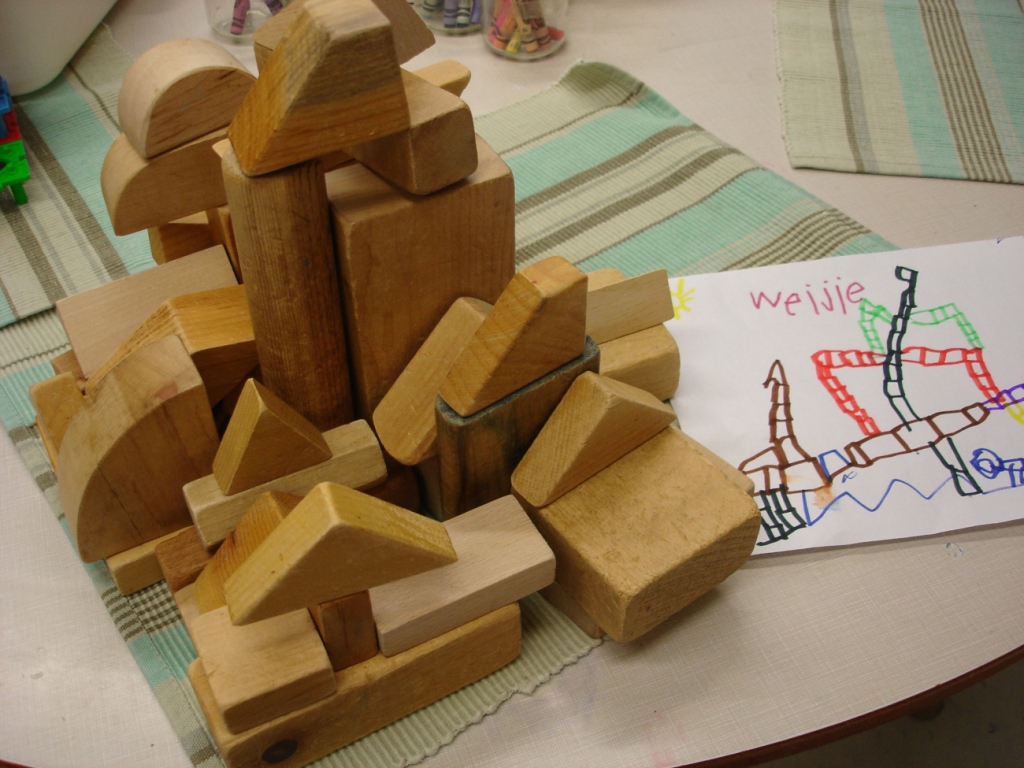
Math and Science Investigations (M.S.I./S.T.E.M.): The great thing about M.S.I is that the children already work from an individual bin, at their own spot. This is a perfectly covid-appropriate activity that can continue essentially as it normally would. Right now, our M.S.I. shelf (a large rolling cart with bins of building materials) is covered in a tablecloth. When it is time for M.S.I, we will open the shelf for children to choose a personal bin to build with for the lesson. Afterwards, bins will be returned to the shelf and covered until our lesson the following week. Because the materials will be sitting covered and unused for 7 days (“quarantined”), we do not have to disinfect each bin after the M.S.I. block is over. For more information on what we do during our building block, click here: https://thecuriouskindergarten.blog/2014/03/29/math-and-science-investigations-m-s-i/

Art and Fine Motor Instruction: Like Writer’s Workshop and M.S.I, this is another program that already operates with students using personal materials. For each lesson, students receive a whiteboard, white board marker, and piece of cloth for erasing. Each of these items has already been assigned to our students as part of their individual school supply kits. Rather than sit together on the carpet for the drawing lesson, children will sit at their personal spots at our classroom tables. Otherwise, the lessons will carry on as they did before. To read more about what we do during Art and Fine Motor Instruction, click here: https://thecuriouskindergarten.blog/2014/01/16/art-and-fine-motor-instruction-snowflakes/

Outdoor Learning: Outdoor learning will continue to be a big part of what we do at school this year. Our morning and afternoon meetings will be continuing out of doors in our special meeting spot (this year, arranged to accommodate some social distancing). This is where we will sing, read, and have discussions. We will also continue to use the outdoors to drive our inquiry process. There are so many things to discover in the garden, on a walk, or in the sand box. For a list of books you can use to spark inquiry outside, click here: https://thecuriouskindergarten.blog/2016/10/20/read-alouds-for-outdoor-learning/
To read more about how we’ve used the outdoor classroom in the past, click here: https://thecuriouskindergarten.blog/2013/09/22/learning-in-the-outdoor-classroom/
This is what I have to get myself started. As the week goes on, our team will be reflecting on what is working and what isn’t and making changes accordingly. As things become more clear, I hope I can share some of what we find to be successful. This is a time when as educators, we need to work together to share our best practices and our successes. We are all in this together!


